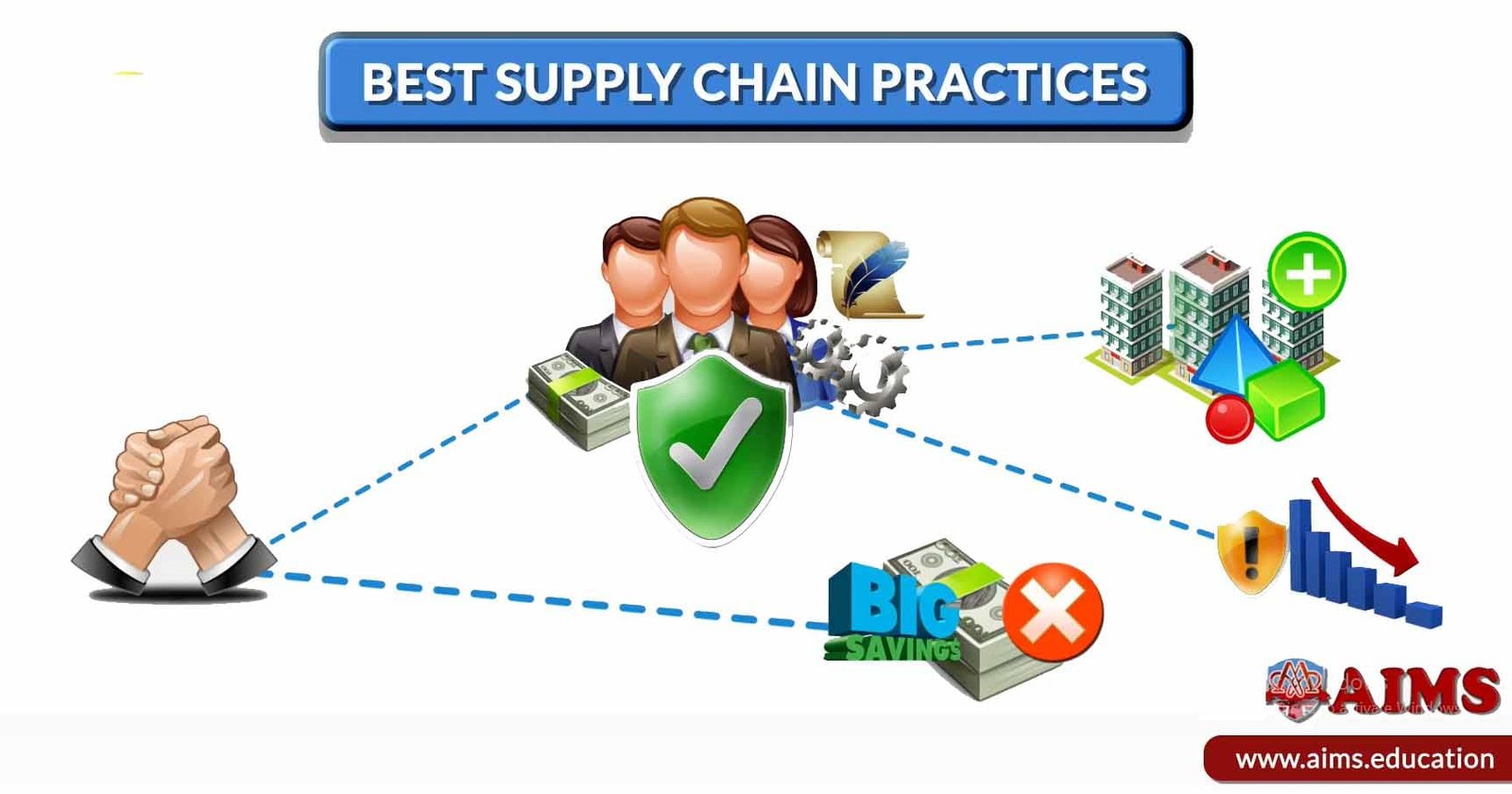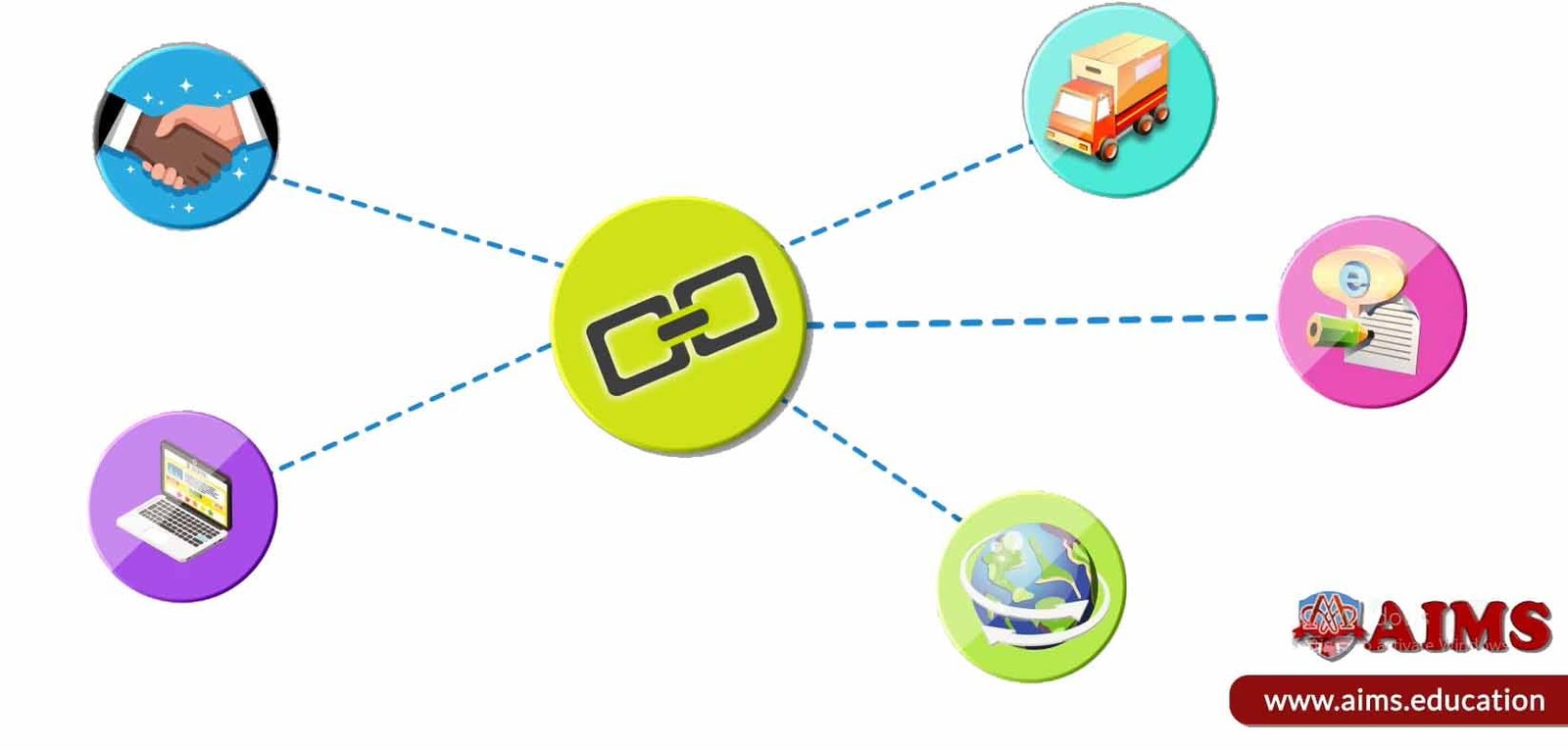Supply Chain Management Best Practices
In the current highly competitive economic environment, it is necessary to transform and improve your supply chains and implement supply chain best practices so that you can produce great results while containing costs. One of the best ways to go about this is to adopt the processes, methods, technologies, software, and philosophies for the best practices in supply chain management. With a wide range of supply chain management courses available today, there is no excuse for failing to prepare your organization adequately to be as efficient as possible and implement the supply chain management best practices.
Top 11 Supply Chain Best Practices
Here are the top 11 supply chain best practices for your organization to succeed:
1. Create A Supply Chain Management Council
The work of the governing council is to provide direction and align the supply chain’s best practices with the organization’s general strategy. The members of this council are drawn from all the top managers in the firm to the top corporate executives. This council helps to eliminate obstacles to success within the various parts of the organization by providing a highly effective cross-functional forum for communication.
2. Use Technology to Use Your Benefit
Most companies choose software that they hope is going to improve their efficiency, and then they arrange their processes and workflows around that selected technology. In this case, the supply chain management best practices require that you first review your processes to determine which ones need improvement. It is only after this review that you should choose the right technology that meets those specific process needs.
3. Establish Relationships With Your Main Suppliers
One of the supply chain best practices is to create a lasting partnership with suppliers long after signing a deal. However, to completely maximize this supply chain relationship, it must be a two-way communication where both the seller and buyer are actively managing the relationship. With a good alliance management system in place, it will be easier to capitalize on your buyer/supplier relationship to ensure sustained value and constant improvement.

4. Let Contracts Be Part of the Supply Chain Functions
Buying and procurement management teams usually negotiate high potential during sourcing but never realize those huge saves fully. More companies today are choosing to move the contract management responsibility to be handled by the supply chain unit, rather than purchasing, operations, finance, or legal. This allows managers to leverage the organization’s expenditure, especially in areas where there are great opportunities for supply chain risk mitigation and cost reduction in logistics and other supply chain components.
5. Green Initiatives Must Be Taken Seriously
Reducing the carbon footprint of your supply chain is not just nice any longer, but necessary for supply chain best practices. Besides improving your overall efficiency, going green in your supply chain will also help you reach more consumers who are considering environmental impact when they select suppliers. That is why more service providers and suppliers are being asked to provide tangible information about what green initiatives they are taking in their supply chain practices.
6. Implement Demand-Driven Planning and Forecasting
Accurate demand forecasting and supply chain planning processes are essential to avoid overstocking or stockouts. Supply chain best practices require advanced supply chain analysis techniques, supply chain collaboration, and forecasting methods that take into account market trends, historical data, and real-time sales information. Supply chains can become more responsive when your production schedules and inventory levels are closely aligned.
7. Adopt a Lean Supply Chain Model
Streamlining processes to eliminate waste and enhance productivity is a key to a lean supply chain. It involves continuously analyzing workflow and implementing improvements that deliver value without unnecessary cost. Lean is one of the best supply chain practices that lead to significant cost savings, shorter lead times, and deliver higher-quality products.

8. Enhance Supply Chain Visibility
Full visibility across the supply chain is crucial for quick decision-making and managing risk in your supply chains. Using real-time tracking systems, IoT devices, and centralized data platforms provides a comprehensive overview of inventory, logistics management, supplier status, as well as reverse logistics management. Enhanced visibility helps identify potential disruptions early, and enables proactive measures to mitigate risks.
9. Invest in Employee Training and Development
The efficiency of your supply chain largely depends on the competency of your workforce. Providing continuous training and upskilling the employees’ skills ensures they are well-versed with the latest supply chain tools and best supply chain practices. Supply chain management qualifictions such as expert supply chain certification or skills-oriented diploma in the supply chain can make them perform their roles more effectively, and that will lead to optimized supply chain operations and reduced errors.
10. Leverage Outsourcing Strategically
Outsourcing non-core supply chain activities, such as logistics, warehousing, or manufacturing, helps companies focus on their core competencies. Selecting the right third-party providers who align with your company’s goals and maintain high standards is essential. Strategic outsourcing can lead to cost reductions in logistics and supply chains, and flexibility in operations, allow companies focus more on their core expertise.
11. Foster a Culture of Continuous Improvement
You should encourage a mindset of continuous improvement within your supply chain team. Implement methodologies like Six Sigma, Kaizen, or Total Quality Management (TQM) can enhance performance of processes. Regular reviews and feedback loops help identify areas for improvement and bolster a culture that values innovation and excellence.

Final Words
These 11 supply chain management best practices should be used as a roadmap and provide ideas to help you improve the overall performance of your organization. Ultimately, it always helps to have your employees trained, implement latest technologies, and stay tuned with latest trends in supply chain management companies can implement the best supply chain practices all through the supply chain in your organization.
Frequently Asked Questions
Q1: What are the top supply chain best practices to start with?
Form a cross-functional council, align tech to redesigned processes, build supplier partnerships, and set KPIs with continuous improvement. This creates the base for demand-driven planning, visibility, and lean execution.
Q2: How should we choose supply chain technology effectively?
Redesign processes first, then select tools that fit. Favour analytics, collaboration, and integration that support forecasting and end-to-end visibility.
Q3: Why invest in supplier relationship management?
Two-way governance and joint scorecards reduce risk, improve service, and enable faster problem-solving and innovation.
Q4: Where do contracts sit within supply chain management practices?
Owning contracts in the supply chain function closes savings leakage, embeds risk controls, and links sourcing outcomes to daily execution.
Q5: What practical green initiatives reduce supply chain impact?
Optimize modes, consolidate loads, cut packaging, and track emissions across tiers. Include sustainability metrics in sourcing and performance reviews.
Q6: How do we implement demand-driven planning and forecasting?
Blend market signals, history, and real-time sales; align S&OP; collaborate with partners; and recalibrate forecasts to minimize stockouts and excess.
Q7: What defines a lean supply chain model?
Removing non-value work, shorter lead times, and better quality via Kaizen and root-cause fixes—typically lowering cost and boosting reliability.
Q8: How can we enhance end-to-end supply chain visibility?
Use real-time tracking, IoT where relevant, and a central data hub. Map inbound-to-outbound flows, integrate partner data, and act on exception alerts.
Q9: Which training moves the needle fastest?
Targeted certifications and diplomas in planning, analytics, and operations. Skilled teams use tools correctly and cut process errors.
Q10: When does outsourcing make sense?
For non-core activities like logistics or warehousing—if partners align to your goals. Use clear SLAs, governance, and dashboards to maintain control.
Q11: How do we sustain continuous improvement?
Adopt Six Sigma/Kaizen/TQM, hold regular reviews, and keep feedback loops from floor to leadership. Standardize and scale what works.
Q12: Which KPIs support supply chain management best practices?
Balance service (OTIF), inventory (turns, DOH), cost-to-serve, forecast accuracy, supplier performance, and lead times—reviewed in a recurring council.
